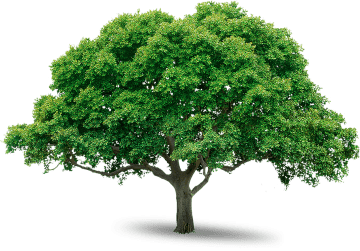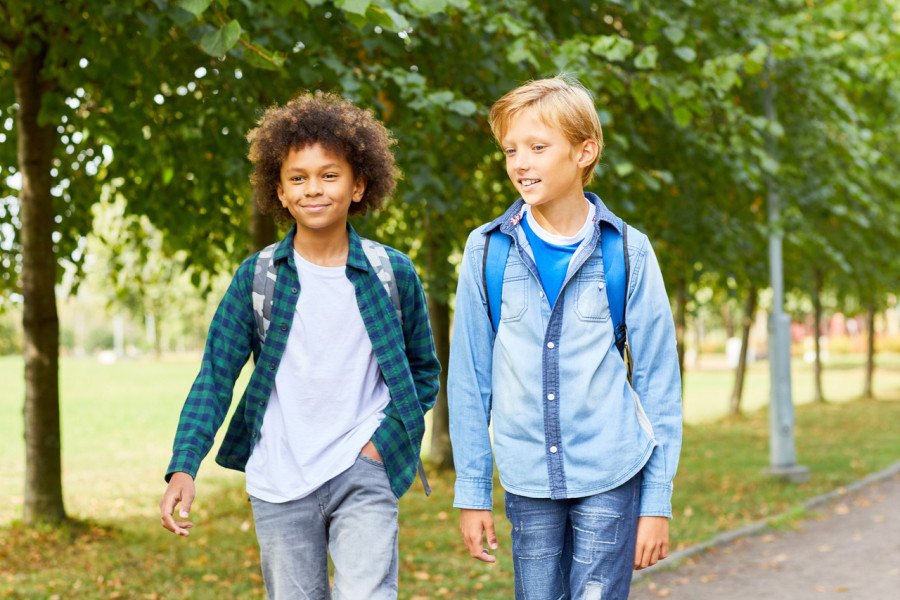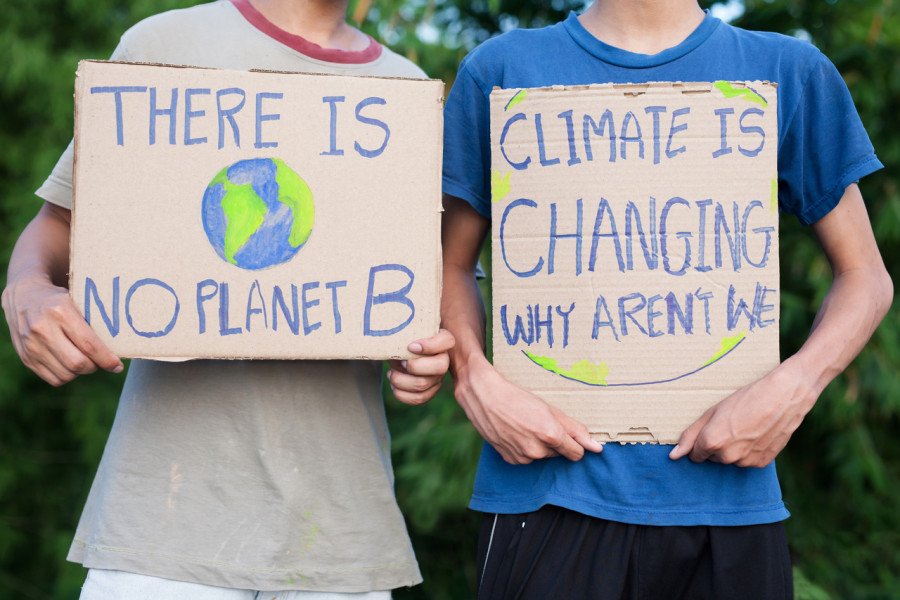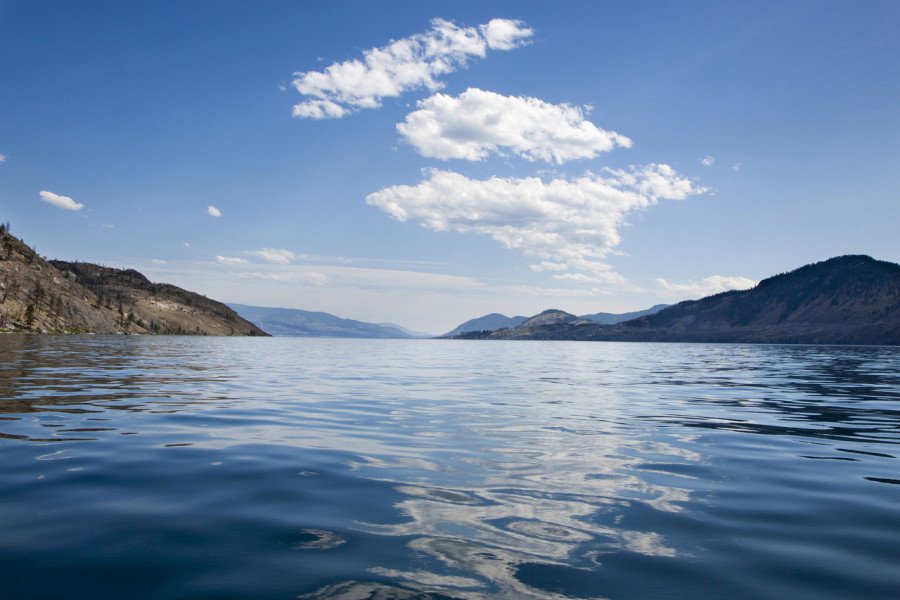Climate action
Map a greener way to get to school, inspire others to take climate action and reflect on Indigenous perspectives and caring for the Earth.
- Grade 7
- 3 activities
- 1.5 hours

Big idea
Grade 7 Science
Earth and its climate have changed over geological time.
Grade 7 English Language Arts
Developing our understanding of how language works allows us to use it purposefully.
Learning objectives
Students will be able to:
- Map routes to school using greener transportation options
- Reflect on the environmental impact of our transportation choices
- Share examples of things they can do to reduce greenhouse gas emissions
- Create a poster using images and text designed to inspire climate action
- Connect Indigenous perspectives to caring for the Earth and stewardship
- Tell stories about nature and our sense of place in a talking circle
Activities

Getting to school the green way
Map sustainable transportation options for getting to school.

Inspiring climate action posters
Create a poster inspiring others to take action for climate change.
BC curriculum fit
Grade 7 Science
Content
- Evidence of climate change over geological time and the recent impact of humans
Curricular competencies
Processing and analyzing data and information
- Apply Indigenous perspectives and knowledge as sources of information
- Seek patterns and connections in data from their own investigations
Evaluating
- Consider social, ethical and environmental implications of the findings from their own and others’ investigations
Applying and innovating
- Contribute to care for self, others, community and world through personal and collaborative approaches
- Transfer and apply learning to new situations
Communicating
- Communicate ideas, findings and solutions to problems using digital technologies as appropriate
- Express and reflect on a variety of experiences and perspectives of place
Grade 7 English Language Arts
Content
- Functions of text
Curricular competencies
- Recognize and appreciate how different features, forms and genres of texts reflect different purposes, audiences and messages
- Select and use appropriate features, forms and genres according to audience, purpose and message
Assessments
The activities in this unit provide an opportunity to assess individual students and small groups on their ability to:
- Demonstrate an understanding about the benefits of sustainable transportation choices
- Plan and identify text and images to inspire climate action
- Communicate ideas and actively listen to others
- Reflect on Indigenous perspectives about connection to place and caring for the Earth
Background info
Climate change and greenhouse gases
Greenhouse gases in the atmosphere, including carbon dioxide, methane, nitrous oxide and water vapour, trap heat from the Sun close to the Earth’s surface. These gases act like the glass in a greenhouse, keeping the Earth warm enough for life to exist. Burning fossil fuels, increasing population and consumption and fewer trees are human impacts that increase greenhouse gases in the atmosphere and contribute to climate change.
Transportation and climate change
Transportation relies heavily on fossil fuels and is responsible for about a third of B.C.’s greenhouse gas emissions. These emissions increase global warming and the impacts of climate change. Sustainable transportation options include public transit, clean energy or active transportation to reduce greenhouse gas emissions (GHGs) and our impact on the environment.
Carpooling and transit reduce congestion and the number of vehicles on the road. Clean energy transportation, such as electric vehicles, reduce GHG emissions from burning fossil fuels. In B.C., the vast majority of our electricity is generated from the power of falling water, a clean energy source.
Active transportation uses our own energy to get from one place to another and includes biking, walking, skateboarding, skiing, etc. It’s a healthy way to move and reduces greenhouse gas emissions, vehicle trips, congestion and air pollution.
Energy conservation
Energy conservation means using less energy by changing behaviours and is one way to reduce our energy demand and impact on the environment. Examples of energy conservation behaviours include turning off lights, using natural light, unplugging electronics and turning down the heat.
Everything is connected
The concept that everything in the environment and natural world is interconnected is foundational to Indigenous perspectives of land and place. It is understood that we have a responsibility to care for the land, plants and animals through everything we do and the choices we make. Our energy choices impact the environment and climate change when fossil fuels are burned and release greenhouse gases. When we use less energy, we reduce our impact on the environment and help care for the Earth now and for future generations.
Talking circles
Talking circles are important in Indigenous cultures as part of the oral tradition and as a way to share thoughts and ideas. The purpose of the talking circle in this activity is to provide an opportunity for students to share their connection to nature and place in a circle, where everyone can see and listen to each other. The circle represents the Indigenous perspective that all living things, including humans, are interconnected and none are more important than the other. This is relevant to a discussion about connecting to nature and our responsibility to the environment and living things.
First Peoples Principles of Learning
The First Peoples Principles of Learning provide context for educators on commonly accepted perspectives and principles of teaching and learning for First Nations. The concept of interconnectedness of values and learning are woven throughout the principles. “Nature connections” touches on three principles in particular:
- Learning is holistic, reflexive, reflective, experiential and relational (focused on connectedness, on reciprocal relationships and a sense of place).
- Learning is embedded in memory, history and story.
- Learning involves patience and time.
This unit focuses on transportation choices, inspiring energy choices for climate action and connecting to nature and place. The “Science of climate change” unit focuses on background information about climate change and the “Energy technologies” unit explores innovations and technologies that reduce the environmental impacts of our energy use.


